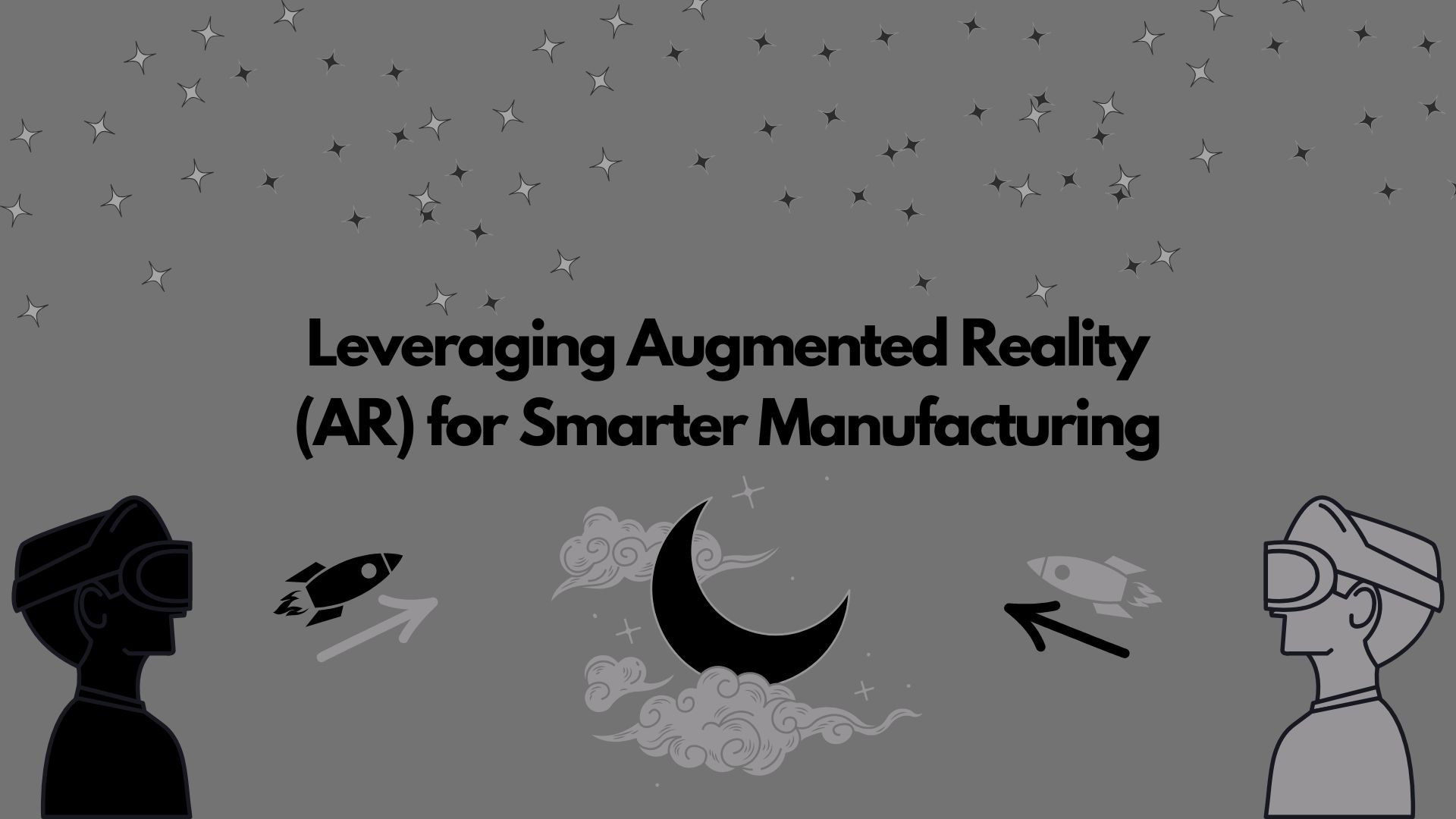Introduction
Augmented Reality (AR) is rapidly becoming a game-changer in the manufacturing industry. By overlaying digital information onto the physical world, AR enhances the way manufacturers design, produce, and maintain products. This blog explores the applications and benefits of AR in manufacturing and how it is driving innovation and efficiency.
What is Augmented Reality (AR)?
Augmented Reality (AR) is a technology that superimposes computer-generated images, data, and information onto a user’s view of the real world, providing an enhanced perception of reality. In manufacturing, AR is used to assist with design, assembly, maintenance, and training.
Applications of AR in Manufacturing
- Design and Prototyping: AR allows engineers to visualize and interact with 3D models of products in the real world, speeding up the design and prototyping process.
- Assembly Guidance: AR provides step-by-step assembly instructions overlaid on the physical components, reducing errors and improving efficiency.
- Maintenance and Repair: Technicians can use AR to access real-time information and diagnostics, making maintenance and repair tasks more efficient and accurate.
- Training and Simulation: AR creates immersive training experiences, helping employees learn complex tasks and procedures more effectively.
- Quality Control: AR enhances quality control processes by providing detailed overlays and comparisons, ensuring high standards are maintained.
Benefits of AR in Manufacturing
- Increased Efficiency: Real-time guidance and information improve the speed and accuracy of tasks.
- Reduced Errors: Visual instructions and overlays help minimize mistakes during assembly and maintenance.
- Enhanced Training: Immersive AR training tools accelerate learning and improve skill retention.
- Improved Collaboration: AR facilitates better communication and collaboration between teams, both on-site and remotely.
- Cost Savings: By reducing errors and improving efficiency, AR can lead to significant cost savings.
Implementing AR in Manufacturing
- Assess Needs and Opportunities: Identify areas where AR can provide the most significant benefits, such as assembly, maintenance, or training.
- Invest in AR Technology: Choose the right AR devices and software that meet your specific needs and integrate with existing systems.
- Develop AR Content: Create detailed and accurate AR content, including 3D models, instructions, and simulations.
- Train Employees: Provide training to ensure employees are comfortable using AR technology and can fully leverage its capabilities.
- Monitor and Optimize: Continuously evaluate the impact of AR on your processes and make adjustments to maximize its benefits.
Case Study: AR in Action at [Company Name]
[Company Name], a prominent aerospace manufacturer, implemented AR solutions to enhance their production and maintenance processes:
- 15% Improvement in Assembly Efficiency: AR-guided assembly reduced errors and improved assembly times.
- 25% Reduction in Maintenance Downtime: Real-time AR diagnostics and instructions streamlined maintenance tasks.
- Enhanced Employee Training: Immersive AR training modules improved skill acquisition and retention.
Conclusion
Augmented Reality is revolutionizing the manufacturing industry by providing innovative solutions for design, assembly, maintenance, and training. By integrating AR into their operations, manufacturers can achieve greater efficiency, reduce errors, and foster innovation. As AR technology continues to evolve, its potential to transform manufacturing processes will only grow, making it an essential tool for future success.









